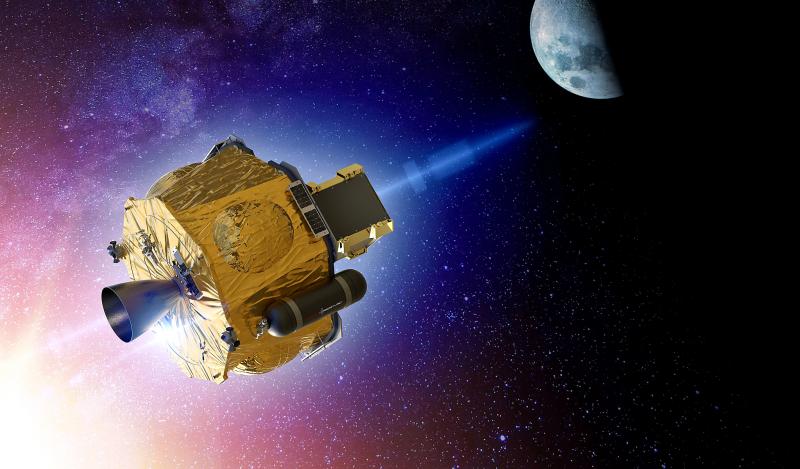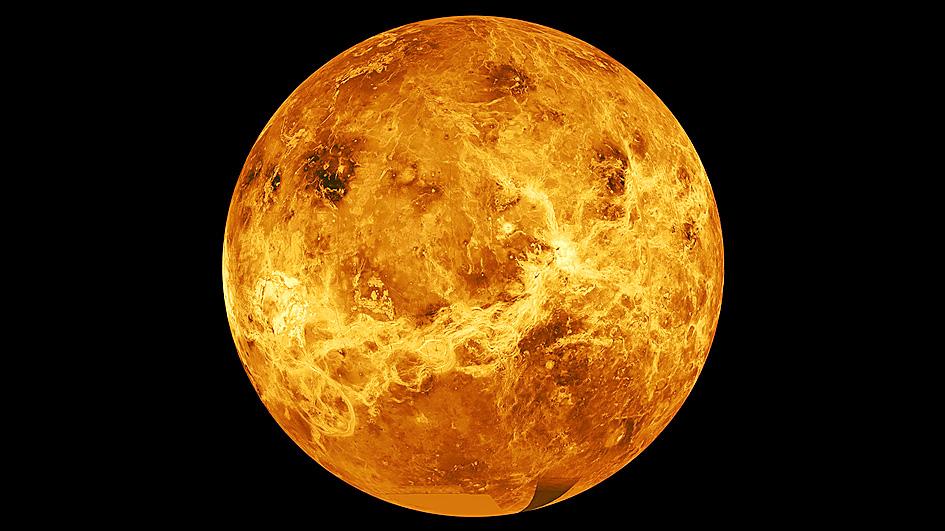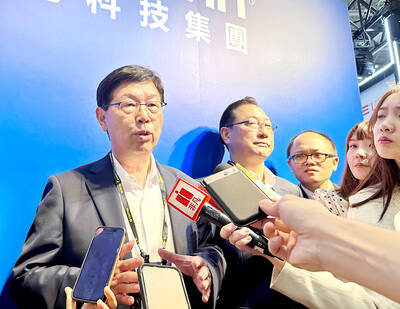Can a small US aerospace company reach Venus before NASA returns to Earth’s superheated planetary neighbor?
That is what Rocket Lab chief executive officer Peter Beck is hoping as he sets his sights on launching a low-cost probe in 2023.
Over the past decade his company has become very good at putting satellites in to orbit — and his dream of taking the next step, an interplanetary mission, has recently received a shot of adrenaline with the surprising discovery of a gas linked to living organisms in Venus’ corrosive, sulfuric atmosphere.

Photo: AFP / Rocket Lab / Handout
“What we’re looking for on Mars is signs of previous life,” Beck said. “Whereas Venus, it’s signs of potential life now.”
With its hellish landscape, Venus has been largely neglected by the major space agencies since the 1980s in favor of the solar system’s more distant bodies.
Dozens of missions have notably been sent to Mars seeking signs of ancient microbes.

Photo: AFP / NASA / JPL-Caltech
However, the discovery by Earth-based radio telescopes of a gas called phosphine in Venus’ atmosphere, reported on Sept. 14, sparked a new wave of enthusiasm among scientists who had for years defended the hypothesis that tiny organisms could live in the planet’s clouds.
Phosphine is not definitive proof of life, but it is possible its presence is linked to living organisms, as it is on our planet.
The finding led NASA to declare it was time to once more prioritize Venus.
However, Beck has always been in the pro-Venus camp, and for two years has been contemplating sending an entirely privately funded probe there, he said.
He calculated, with the help of a doctoral student, that a small satellite called “Photon” that Rocket Lab developed in-house could be adapted into a spacecraft for an interplanetary voyage.
Such bids have historically been the domain of national space agencies, given the enormous costs involved, but Beck thinks he has developed a budget solution.
“I would expect a mission to Venus to be sort of US$30 million,” he said by video from Auckland, New Zealand.
“When you can measure interplanetary missions in tens of millions of dollars instead of billions, and months instead of decades, the opportunity for discovery is just incredible,” he said.
Rocket Lab’s specialty is sending small satellites into Earth orbit with its small 18m high rocket — a highly lucrative market in the past few years as demand for microsatellites has exploded.
The company’s Venus probe would be very small, weighing about 37kg and just 30cm in diameter.
The trip from Earth would take 160 days, then Photon would launch the probe into Venus’ clouds, where it would take readings as it falls, without a parachute, at almost 39,600kph.
The probe would have between just 270 and 300 seconds to analyze an atmosphere that is almost a hundred times denser than Earth’s before it disintegrates or crashes on the planet’s fiery surface, where temperatures are hot enough to melt lead at 480°C.
The hardest part is deciding on the scientific instrument: What molecules should it look for? Miniaturization is another problem. The probe would need to weigh 3kg, which some experts doubt is possible, but Beck disagrees.
Rocket Lab would need help from leading scientists, and has already recruited Massachusetts Institute of Technology astronomer and planetary scientist Sara Seager.
The adventure is the latest chapter in a new era of space exploration fueled not by governments but by individual curiosity and ambition, one that so far has been best symbolized by Elon Musk, the iconoclastic founder of Space Exploration Technologies Corp (SpaceX).
SpaceX revolutionized the sector through its reusable rockets that have now sent astronauts to the International Space Station, and has its sights set on colonizing Mars.
NASA is no longer afraid to subcontract missions to privateers, and Rocket Lab would be paid US$10 million to send a microsatellite into lunar orbit next year.
As for Venus, Beck would like to offer his services to NASA. The space agency is considering returning to Venus, but not until 2026 at the earliest.
Its last Venus orbiter was Magellan, which arrived in 1990, but other vessels have made flybys since then.
“We want to do many, many missions a year,” Beck said.

Taiwan Transport and Storage Corp (TTS, 台灣通運倉儲) yesterday unveiled its first electric tractor unit — manufactured by Volvo Trucks — in a ceremony in Taipei, and said the unit would soon be used to transport cement produced by Taiwan Cement Corp (TCC, 台灣水泥). Both TTS and TCC belong to TCC International Holdings Ltd (台泥國際集團). With the electric tractor unit, the Taipei-based cement firm would become the first in Taiwan to use electric vehicles to transport construction materials. TTS chairman Koo Kung-yi (辜公怡), Volvo Trucks vice president of sales and marketing Johan Selven, TCC president Roman Cheng (程耀輝) and Taikoo Motors Group

Among the rows of vibrators, rubber torsos and leather harnesses at a Chinese sex toys exhibition in Shanghai this weekend, the beginnings of an artificial intelligence (AI)-driven shift in the industry quietly pulsed. China manufactures about 70 percent of the world’s sex toys, most of it the “hardware” on display at the fair — whether that be technicolor tentacled dildos or hyper-realistic personalized silicone dolls. Yet smart toys have been rising in popularity for some time. Many major European and US brands already offer tech-enhanced products that can enable long-distance love, monitor well-being and even bring people one step closer to

RECORD-BREAKING: TSMC’s net profit last quarter beat market expectations by expanding 8.9% and it was the best first-quarter profit in the chipmaker’s history Taiwan Semiconductor Manufacturing Co (TSMC, 台積電), which counts Nvidia Corp as a key customer, yesterday said that artificial intelligence (AI) server chip revenue is set to more than double this year from last year amid rising demand. The chipmaker expects the growth momentum to continue in the next five years with an annual compound growth rate of 50 percent, TSMC chief executive officer C.C. Wei (魏哲家) told investors yesterday. By 2028, AI chips’ contribution to revenue would climb to about 20 percent from a percentage in the low teens, Wei said. “Almost all the AI innovators are working with TSMC to address the

FUTURE PLANS: Although the electric vehicle market is getting more competitive, Hon Hai would stick to its goal of seizing a 5 percent share globally, Young Liu said Hon Hai Precision Industry Co (鴻海精密), a major iPhone assembler and supplier of artificial intelligence (AI) servers powered by Nvidia Corp’s chips, yesterday said it has introduced a rotating chief executive structure as part of the company’s efforts to cultivate future leaders and to enhance corporate governance. The 50-year-old contract electronics maker reported sizable revenue of NT$6.16 trillion (US$189.67 billion) last year. Hon Hai, also known as Foxconn Technology Group (富士康科技集團), has been under the control of one man almost since its inception. A rotating CEO system is a rarity among Taiwanese businesses. Hon Hai has given leaders of the company’s six